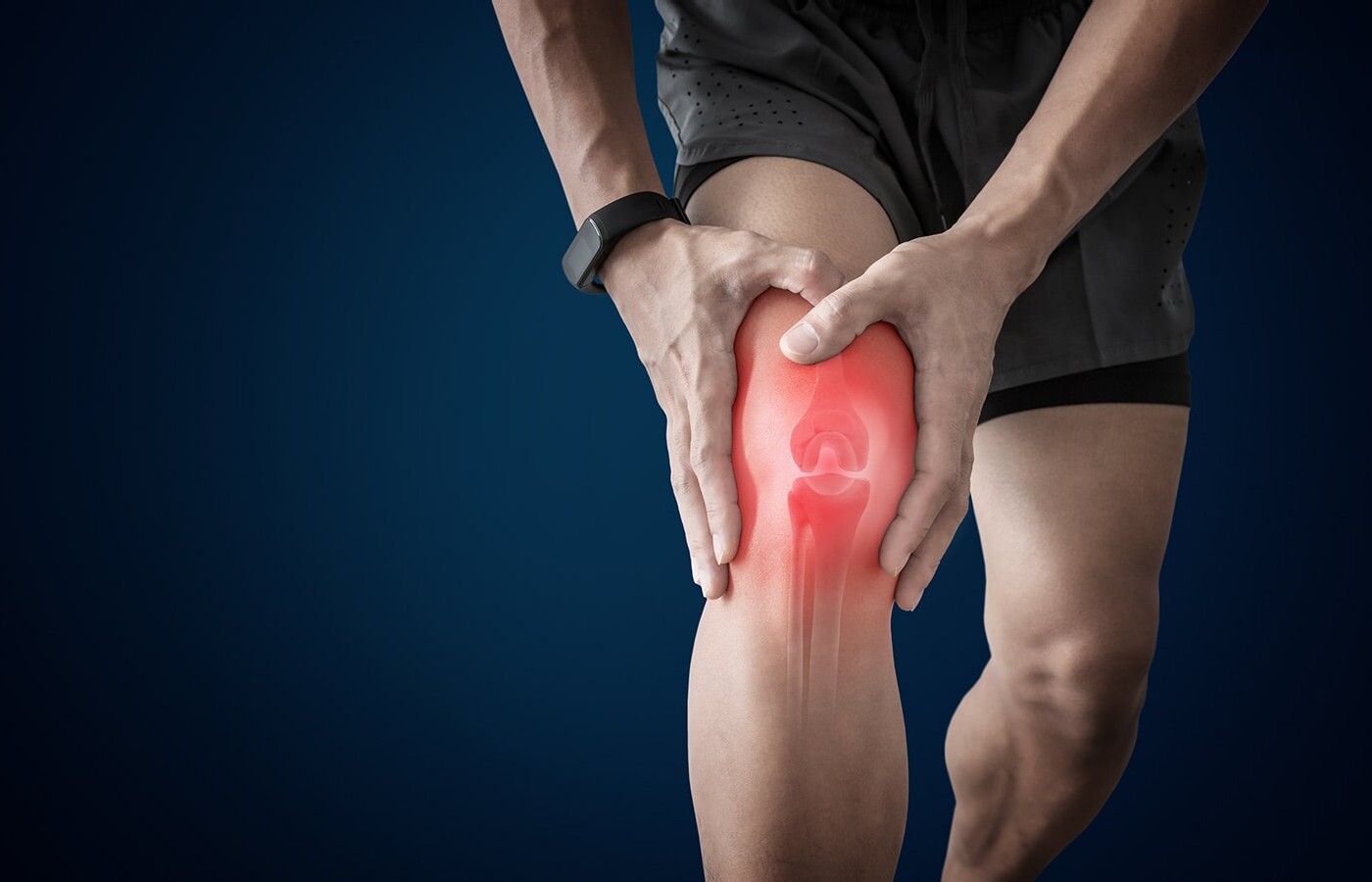
Post-Polio Syndrome is a condition that affects polio survivors years after recovery. Polio itself is a viral disease that can cause paralysis and muscle weakness. After initial recovery, many believe the battle is over, but Post-Polio Syndrome can sneak up decades later. Symptoms include fatigue, new muscle weakness, and pain. Why does this happen? The exact cause remains unclear, but it’s thought to be related to the gradual deterioration of nerve cells. Understanding this syndrome is crucial for those affected and their families. Here, we’ll share 30 facts to help you grasp the essentials of Post-Polio Syndrome.
Key Takeaways:
- Post-Polio Syndrome (PPS) can affect polio survivors years after recovery, causing muscle weakness, fatigue, and pain. It's crucial to recognize symptoms and seek proper management to improve quality of life.
- While there is no cure for PPS, treatments like physical therapy, pain management, and lifestyle adjustments can help manage symptoms and support overall well-being for those living with the condition.
What is Post-Polio Syndrome?
Post-Polio Syndrome (PPS) is a condition that affects polio survivors years after recovery from the initial poliovirus infection. It can cause new muscle weakness, fatigue, and pain. Here are some intriguing facts about PPS.
-
PPS typically appears 15-40 years after the initial polio infection. This delayed onset can make it difficult to diagnose.
-
Not everyone who had polio will develop PPS. Only 25-40% of polio survivors experience this condition.
-
PPS is not contagious. It only affects individuals who previously had polio.
-
Symptoms of PPS can vary widely. Common symptoms include muscle weakness, fatigue, and joint pain.
-
PPS can affect muscles that were not initially impacted by polio. This can lead to new areas of weakness and discomfort.
Causes and Risk Factors
Understanding the causes and risk factors of PPS can help in managing the condition better.
-
The exact cause of PPS is unknown. Researchers believe it may be due to the gradual deterioration of nerve cells.
-
Overuse of muscles may contribute to PPS. Polio survivors often overuse their muscles to compensate for weakness, leading to further damage.
-
Age is a significant risk factor. Older polio survivors are more likely to develop PPS.
-
Severity of initial polio infection may influence PPS development. Those with severe initial infections are at higher risk.
-
Gender does not significantly affect the likelihood of developing PPS. Both men and women are equally susceptible.
Symptoms and Diagnosis
Recognizing the symptoms and getting a proper diagnosis is crucial for managing PPS effectively.
-
Muscle weakness is a hallmark symptom of PPS. This weakness can affect daily activities and mobility.
-
Fatigue is another common symptom. This fatigue is often more severe than typical tiredness.
-
Joint pain and muscle atrophy are frequent complaints. These symptoms can worsen over time.
-
Breathing difficulties may occur in severe cases. This is due to weakened respiratory muscles.
-
Sleep disturbances are also common. Pain and discomfort can lead to poor sleep quality.
-
Diagnosis of PPS involves ruling out other conditions. Doctors may use a combination of medical history, physical exams, and tests.
Treatment and Management
While there is no cure for PPS, various treatments can help manage symptoms and improve quality of life.
-
Physical therapy is often recommended. It helps maintain muscle strength and flexibility.
-
Occupational therapy can assist with daily activities. Therapists can suggest modifications to make tasks easier.
-
Pain management is crucial. This may include medications, heat therapy, or acupuncture.
-
Energy conservation techniques can help manage fatigue. Pacing activities and taking frequent breaks are essential strategies.
-
Assistive devices may be necessary. Braces, canes, or wheelchairs can aid mobility.
-
Regular medical check-ups are important. Monitoring the condition helps adjust treatments as needed.
Living with Post-Polio Syndrome
Adapting to life with PPS involves making lifestyle changes and seeking support.
-
Maintaining a healthy diet is beneficial. Proper nutrition supports overall health and muscle function.
-
Staying active within limits is important. Gentle exercises like swimming or walking can help without overexerting muscles.
-
Joining support groups can provide emotional support. Connecting with others facing similar challenges can be comforting.
-
Mental health should not be overlooked. Depression and anxiety are common among those with chronic conditions.
-
Educating family and friends about PPS can foster understanding. Support from loved ones is crucial.
-
Workplace accommodations may be necessary. Flexible hours or modified duties can help manage symptoms.
-
Planning for the future is wise. Considering long-term care options can provide peace of mind.
-
Staying informed about PPS is empowering. Keeping up with the latest research and treatments can help manage the condition effectively.
Understanding Post-Polio Syndrome
Post-Polio Syndrome (PPS) affects many polio survivors years after recovery. Symptoms like muscle weakness, fatigue, and pain can disrupt daily life. Knowing these facts helps in recognizing and managing PPS better. Early diagnosis and treatment can improve quality of life.
Polio survivors should stay informed about their health. Regular check-ups and a healthy lifestyle are crucial. Support groups and resources provide valuable assistance.
Awareness of PPS is essential for everyone, not just those affected. It fosters empathy and support for polio survivors. Sharing knowledge about PPS can lead to better care and understanding.
Remember, PPS is a condition that requires attention and care. By staying informed and supportive, we can make a difference in the lives of those affected by Post-Polio Syndrome.
Frequently Asked Questions
Was this page helpful?
Our commitment to delivering trustworthy and engaging content is at the heart of what we do. Each fact on our site is contributed by real users like you, bringing a wealth of diverse insights and information. To ensure the highest standards of accuracy and reliability, our dedicated editors meticulously review each submission. This process guarantees that the facts we share are not only fascinating but also credible. Trust in our commitment to quality and authenticity as you explore and learn with us.


